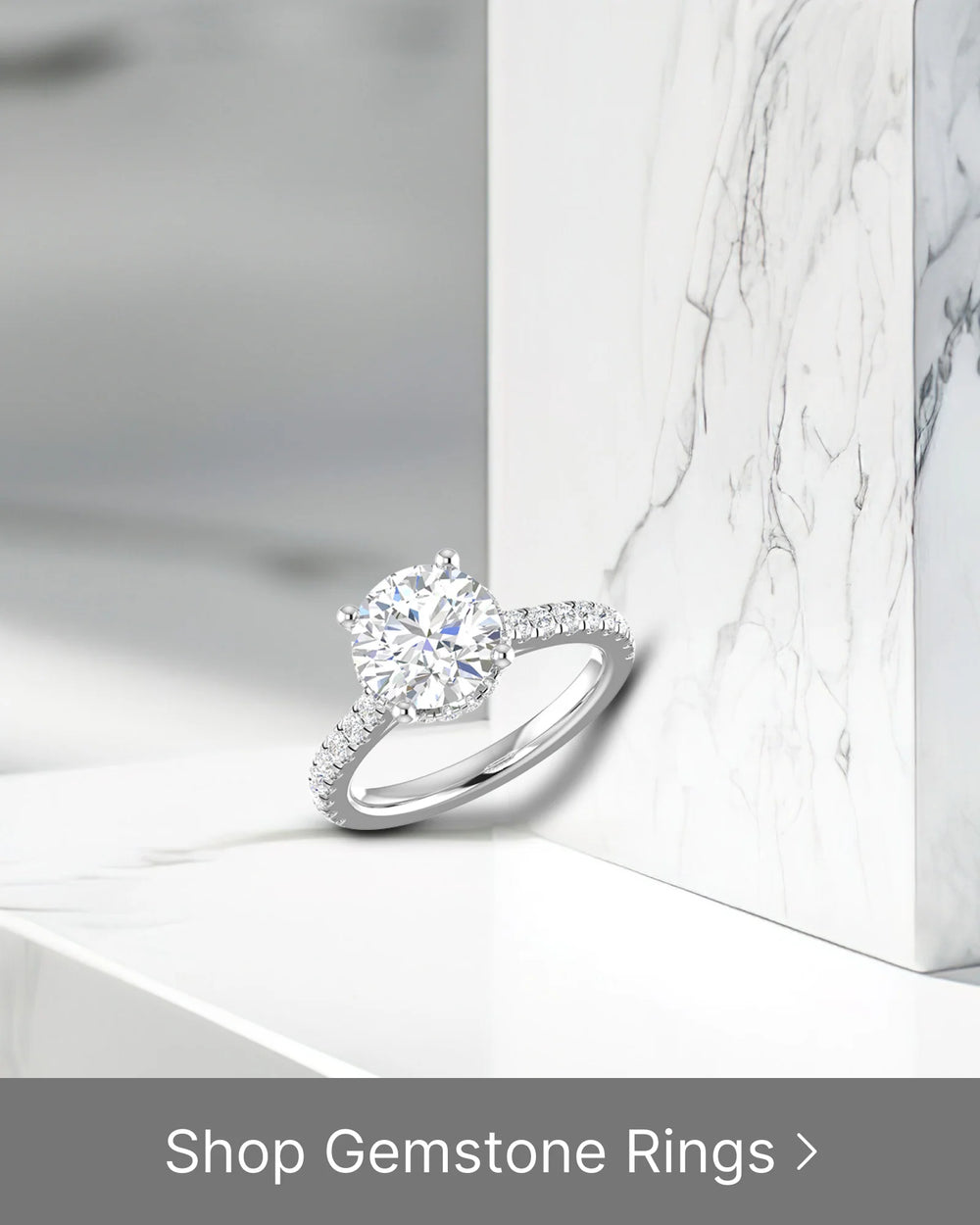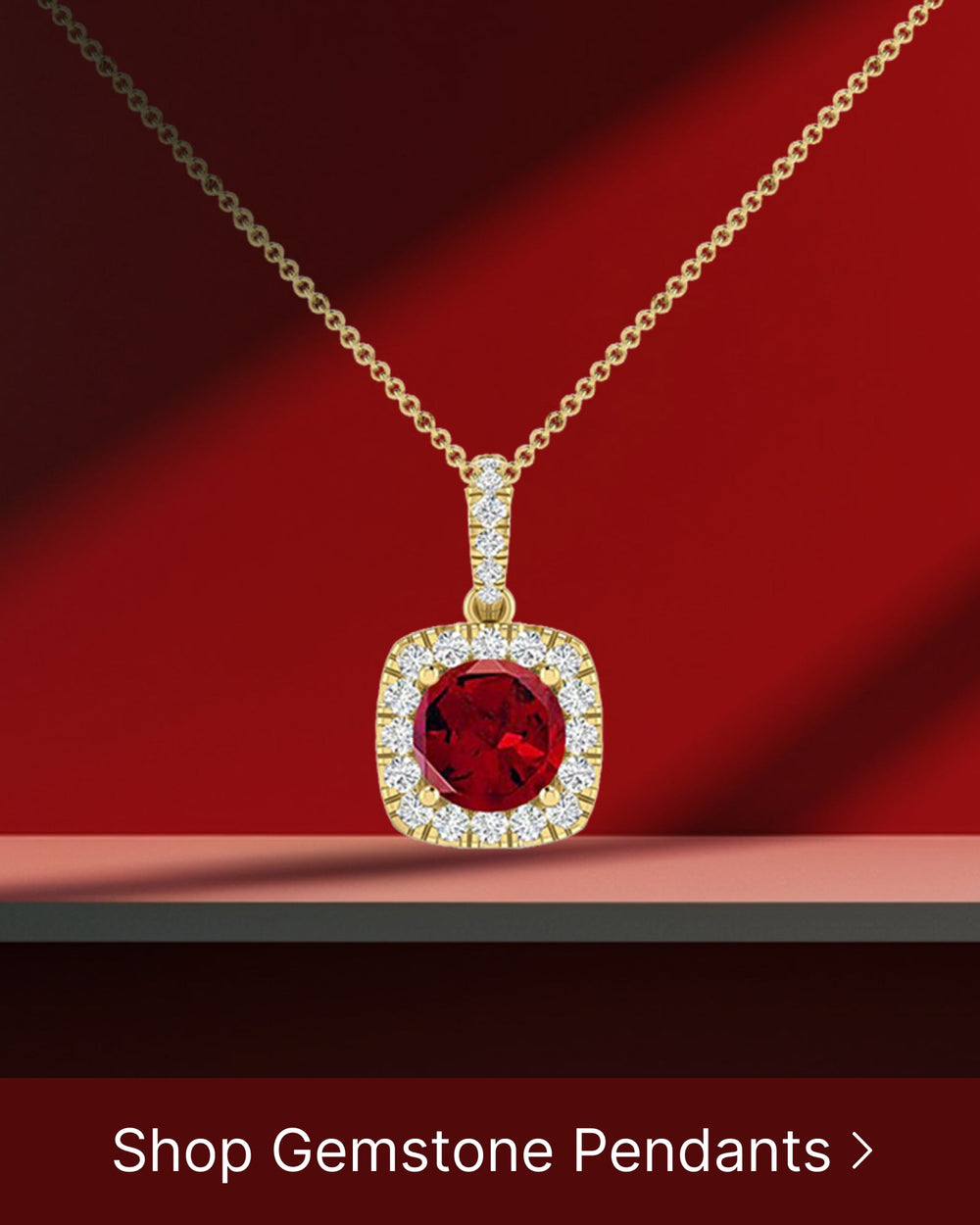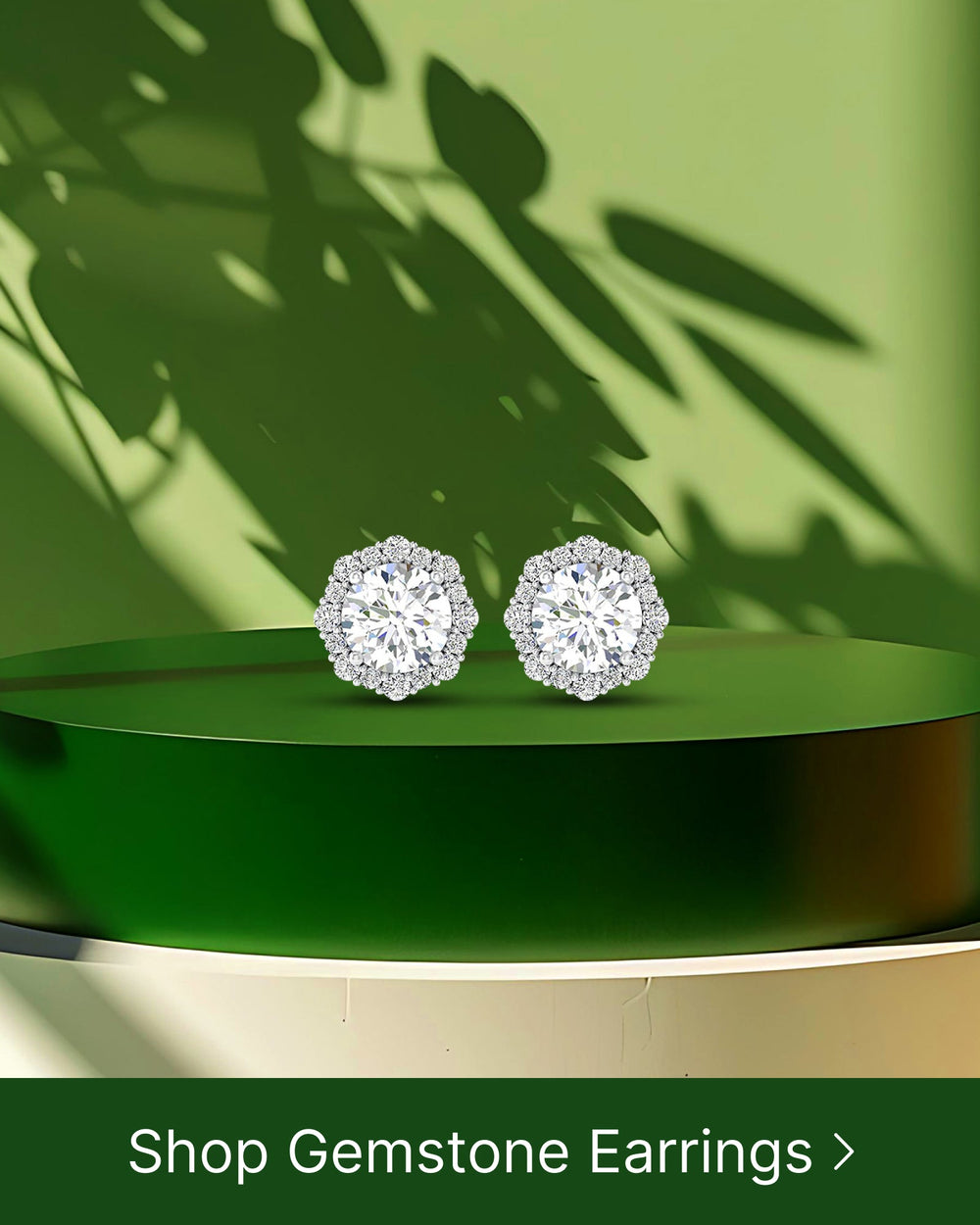Gemstones are beautiful and captivating, and can make a significant statement when incorporated into jewelry. However, with so many gemstones to choose from, it can be overwhelming to decide which one is right for you. In this article, we will focus on two popular gemstones: Rhodolite and Ruby. By understanding their characteristics, history, aesthetic appeal, durability, and price, you will be equipped to make an informed decision on which gemstone is the perfect fit for you.
Understanding Gemstones: Rhodolite and Ruby
Before we delve into the details, let us first understand the basic nature of Rhodolite and Ruby. Both are considered precious gemstones and are highly coveted for their exquisite beauty. However, they differ in various aspects that we will explore further in this article.
Defining Rhodolite: Characteristics and Features
Rhodolite is a type of garnet that belongs to the pyrope-almandine family. It is renowned for its vibrant raspberry-red to purplish-red color, which is a result of a mixture of pyrope and almandine components. Rhodolite is highly valued for its clarity, brilliance, and excellent transparency. Its unique color makes it a popular choice for both traditional and contemporary jewelry designs.
In addition to its captivating color, Rhodolite also possesses a notable hardness of around 7 to 7.5 on the Mohs scale, making it a durable gemstone for everyday wear.
When it comes to the origin of Rhodolite, it is primarily found in various regions around the world, including Sri Lanka, Tanzania, and Madagascar. These locations are known for producing gem-quality Rhodolite with exceptional color saturation and clarity.
One interesting fact about Rhodolite is that it is often mistaken for another gemstone called Rhodochrosite due to their similar names. However, Rhodolite and Rhodochrosite are completely different minerals with distinct physical and chemical properties.
Defining Ruby: Characteristics and Features
Ruby is a red variety of the mineral corundum and is widely regarded as one of the most precious gemstones. Its intense red color is due to the presence of chromium, which gives it unrivaled vibrancy and allure. Rubies are treasured for their fiery hue, which symbolizes love, passion, and courage.
On the Mohs scale, ruby scores a 9, which indicates its exceptional hardness. Its durability and resistance to scratches make it an ideal gemstone for long-lasting jewelry pieces.
When it comes to the origin of rubies, the most renowned sources include Myanmar (formerly Burma), Thailand, and Mozambique. Rubies from these regions are highly sought after for their deep red color and exceptional clarity.
It is worth noting that rubies have been revered throughout history and have been associated with royalty and power. In ancient times, they were believed to possess mystical properties and were often worn by kings and queens as a symbol of their status and authority.
Another interesting aspect of rubies is their rarity. Fine quality rubies above a certain size are incredibly rare and can command high prices in the gemstone market. The scarcity of large, high-quality rubies adds to their allure and makes them highly desirable among collectors and connoisseurs.
The Symbolism and History of Rhodolite and Ruby
Gemstones often carry symbolism and historical significance, which adds to their allure and appeal. Let us explore the cultural and historical importance of Rhodolite and Ruby.
The Cultural Significance of Rhodolite
Rhodolite derives its name from the Greek word "rhodon," meaning rose. Throughout history, this captivating gemstone has been associated with love, compassion, and emotional healing. The deep red hues of Rhodolite convey a sense of passion and devotion, making it an ideal choice for expressing heartfelt emotions.
In ancient times, Rhodolite was often used in religious artifacts and royal jewelry. Its association with spiritual enlightenment and protection made it a favored gemstone among various cultures.
The Cultural Significance of Ruby
Ruby holds a long-standing reputation as the "king of gemstones." Its intense red color has been associated with power, wealth, and prosperity for centuries. In many cultures, rubies symbolize love, passion, and courage, making them the perfect gemstone to mark special occasions.
Throughout history, rubies have been worn by royalty and the elite. They are believed to possess mystical properties and were once considered a talisman against misfortune. Today, rubies continue to be highly sought after and are often seen as a symbol of status and elegance.
Comparing Rhodolite and Ruby: Aesthetic Appeal
One of the most important factors in choosing a gemstone is its visual appeal. Let us explore how Rhodolite and Ruby differ in terms of color variations and their cut and shape.
Color Variations in Rhodolite and Ruby
Rhodolite is known for its captivating hues of raspberry-red to purplish-red. The color intensity may vary within this range, offering various tones and saturations. This versatility allows for a wide range of design possibilities, from understated elegance to vibrant statement pieces.
Ruby, on the other hand, is characterized by its intense red color. However, within the realm of red, rubies can exhibit slight variations in tone and undertones. From deep red to slightly purplish or orangish-red, each ruby possesses a unique charm.
Cut and Shape: How They Affect the Look of Rhodolite and Ruby
The cut and shape of a gemstone play a vital role in showcasing its beauty and brilliance. Rhodolite is often cut into a wide variety of shapes, including traditional round, oval, and cushion cuts. The choice of cut depends on the desired effect and the design envisioned.
Similarly, rubies are cut to enhance their inherent beauty and maximize light reflection. Common cuts include oval, round, and cushion, as well as more intricate cuts such as pear and emerald. The cut influences the overall appearance and sparkle of the ruby, allowing it to unleash its captivating allure.
Ultimately, the aesthetic appeal of Rhodolite and Ruby depends on personal preference. While Rhodolite offers a range of vibrant hues, Ruby captivates with its intense red color that is hard to match.
Durability and Maintenance of Rhodolite and Ruby
When selecting a gemstone for jewelry, it is important to consider durability and maintenance. Let us explore how Rhodolite and Ruby fare in these aspects.
Hardness and Durability: Rhodolite vs Ruby
Rhodolite possesses a sufficient hardness of 7 to 7.5 on the Mohs scale, making it suitable for various types of jewelry, including rings and bracelets. However, as with any gemstone, care should be taken to avoid subjecting it to excessive wear and potential impact, which can cause scratches or damage.
Ruby, with its impressive hardness of 9, is one of the hardest gemstones available, second only to diamonds. This exceptional hardness ensures that rubies can withstand daily wear and are less prone to scratching and damage. However, due to their exceptional value, it is advisable to handle ruby jewelry with care to maintain their pristine condition.
Maintenance and Care for Your Rhodolite or Ruby
To keep your Rhodolite or Ruby jewelry looking its best, regular maintenance and care are essential. Both gemstones can be cleaned using warm water, mild soap, and a soft-bristle brush. It is essential to avoid harsh chemicals or abrasive cleaners that can damage the surface or settings of the gemstone.
Additionally, storing your gemstone jewelry in a separate compartment or pouch can help prevent scratches or damage from accidental collisions with other pieces. It is also wise to remove jewelry before engaging in activities that may expose it to excessive impact or chemicals.
Price Comparison: Rhodolite vs RubyPrice is often a significant consideration when choosing a gemstone. Let us take a closer look at the factors that can influence the price of Rhodolite and Ruby.
Factors Affecting the Price of Rhodolite
The price of Rhodolite can be influenced by several key factors, including color intensity, size, and overall quality. Rhodolite gemstones with rich, vibrant hues and excellent clarity command higher prices. Larger stones and those with minimal inclusions or flaws are also valued higher in the market.
Furthermore, the cut and origin of the Rhodolite can also impact its price. Precisely cut stones and those sourced from reputable locations may be priced at a premium.
Factors Affecting the Price of Ruby
Ruby is among the rarest and most valuable gemstones, and its price is determined by several factors. The color of the ruby plays a vital role, with vivid, vibrant red stones commanding the highest prices. The size and clarity of the ruby also influence its value, with larger stones of exceptional clarity being more expensive.
Origin is a significant factor in determining the price of rubies. Burmese rubies, known for their unrivaled beauty and historical significance, often fetch top prices in the market. Other factors such as cut and treatment status can also affect the price of rubies.
Final Thoughts
Choosing the perfect gemstone requires careful consideration of various factors, including personal preference, budget, symbolism, and durability requirements. Rhodolite and Ruby offer distinct qualities that cater to different tastes and preferences.
Rhodolite's captivating color and affordability make it an excellent choice for those seeking a vibrant gemstone without breaking the bank. On the other hand, Ruby's intense red color, exceptional hardness, and historical significance make it an ideal choice for those who desire a truly precious and timeless gemstone.
Regardless of your choice, both Rhodolite and Ruby have the power to enhance your jewelry collection and leave a lasting impression. Let the beauty and allure of gemstones guide you in making a personal statement that resonates with your style and personality.





